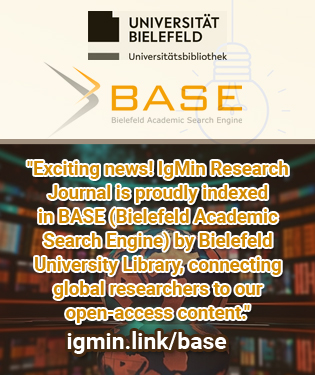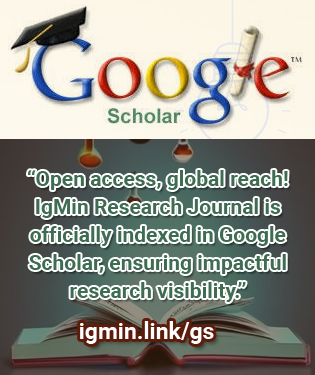要約
Based on the recent study of the Third Thumb at the University of Cambridge, one profound question is arising: Do human beings and the human body need a Third Thumb? This article introduces briefly motor augmentation and human augmentation emerging in decades compared to human enhancement, then focuses on three concerns deriving from the methodology of engineering system design including the relationship of system and part, main function and auxiliary function, and engineering system evolution and human evolution, so as to discuss the coordination between the human body and artificial parts generated by wearable interactive technology employed in motor augmentation.




![a: The third Thumb of Cambridge University [8]; b: Extra hand for assembly tasks[10]. DoF augmentation concepts for motor augmentation.](https://www.igminresearch.jp/articles/figures/igmin212/igmin212.g001.png)


